- Cleverly packaged and very practical
- Grunty and quiet turbo-diesel engine
- Mature driving experience
- Too much equipment is optional
- Expensive service costs
- Austere and hard cabin materials
While for ute is king for commercial buyers in Australia, in Europe it’s all about vans. Vans are used as removals trucks, tradie utes and even people movers thanks to their relatively compact size but excellent practicality that enables them to travel easily in Europe’s small streets. In Australia, the van is nowhere near as popular as the ute, but still has a loyal following of buyers. Volkswagen’s Caddy 5 has just launched in Australia after more than three million global sales to the name, so is the 2022 Volkswagen Caddy Maxi a worthy family vehicle? Let’s find out.

Price and Equipment: 7/10
While the regular Caddy Cargo van range starts at around $40,000 drive away, the Maxi TDI320 is priced at $48,140 plus on-road costs (around $53,000-54,000 drive away, depending on your location). Standard kit on the Maxi includes 17-inch steel wheels, automatic halogen lighting with halogen daytime running lights, manual air conditioning, electric front windows and heated/auto-folding mirrors, cruise control with a speed limiter, a leather steering wheel, two USB-C ports, a 8.25-inch touchscreen with Apple CarPlay and Android Auto, digital radio, a six-speaker sound system, sliding doors and 10-way manually adjustable ‘ErgoComfort’ seats with electric lumbar adjustment.
Standard safety features include nine airbags, auto emergency braking (AEB) with pedestrian and intersection assistance, lane keep assist, blind-spot monitoring with rear cross-traffic alert, rear parking sensors with a reversing camera and driver fatigue monitoring. Adaptive cruise control and a more advanced AEB system with cyclist detection (though, oddly not intersection assist) are optionally available.
Unusual for Volkswagen, the Caddy has a lot of colour options. ‘Candy White’ and ‘Pure Grey’ are the only no-cost choices, while ‘Cherry Red’ is $305 extra. For $1,115, buyers can select ‘Copper Bronze’, ‘Costa Azul’, ‘Fortana Red’, ‘Indium Grey’, ‘Mojave Beige’, ‘Reflex Silver’, ‘Starlight Blue’, ‘Deep Black’ or our test car’s ‘Golden Green’. The sole interior colour is black cloth.
Then there’s the options list, which includes 17-inch alloy wheels in ‘Barahona’ form ($1,800) or ’Colombo’ ($2,130), 18-inch ‘Monterosso’ wheels ($3,045), dual-zone climate control ($610), an alloy spare wheel if alloys are chosen ($255), keyless entry and start ($710) or just keyless start ($205), split rear doors instead of a tailgate (no cost), a power-latching tailgate (no cost), power-latching sliding doors ($630), rear privacy glass ($405), a heated windscreen ($405), LED headlights ($1,370) or auto-levelling/cornering LED headlights with all-weather lighting ($2,020), automatic parking with front and rear parking sensors ($1,005), rear bumper protection ($305), rear roof ventilation with vents in the headliner (definitely tick this box – $35), an alarm ($620), auto high beam ($265), LED tailights ($305), tyre pressure monitoring ($100), a panoramic roof ($1,420), black roof rails ($405) and extra 12V sockets in the dashboard and boot ($75).
There are also some option packages to choose from. The Lights and Vision Pack ($530) adds automatic wipers, an auto-dimming rear mirror and follow-me-home functionality for the lights. The Navigation Package ($1,660) adds a 10-inch touchscreen with satellite navigation, wireless Apple CarPlay and a digital driver’s display. The Tech Pack ($1,120) adds keyless entry and start, as well as a digital driver’s display. The Winter Pack ($810) adds heated front seats and heated windshield washer jets and finally, the Comfort Drive Pack ($1,825) adds adaptive cruise control with stop and go functionality, cyclist monitoring for the AEB system, keyless start, auto parking with front and rear parking sensors.
Fully loaded, the Caddy Maxi TDI320 can be a $70,000+ drive away proposition, and that’s without even considering the Caddy Life Maxi TDI320, which costs around $58,000 drive away but includes more standard kit and ends up being less expensive than a Maxi with option boxes ticked to match the Life’s specification (added kit includes dual-zone climate control, rear privacy glass, the Lights and Vision Pack, the Tech Pack and the Comfort Drive Pack).
Comparing the Caddy Maxi to other cars is difficult because no other company offers a smaller van-based people mover in Australia any longer. As such, buyers must look elsewhere to fulfil their people mover needs – the Hyundai Staria (priced from $48,500 plus on-road costs) is similarly based on a commercial vehicle but it’s much larger. The Kia Carnival ($48,880 plus on-road costs) is more car-like, but also larger. Buyers could also choose from the Volkswagen stable, with the Tiguan Allspace 110TSI Comfortline (from $40,990 plus on-road costs).
Performance and Economy: 8/10
Under the bonnet of the 2022 Volkswagen Caddy Maxi TDI320 is a 2.0-litre four-cylinder turbo-diesel engine that’s mated to a seven-speed dual-clutch automatic transmission. It produces 90kW of power (at 4,250rpm) and – as the name suggests – 320Nm of torque (made between 1,500rpm-2,500rpm). The Volkswagen Group does excellent diesel powerplants and this engine is no different – it’s gutsy in the low rev range, surprisingly quiet and totally suited to the Caddy. We wouldn’t even consider the 84kW 1.5-litre turbo petrol engine because the TDI320 is just such a great drivetrain.
Standard on the Caddy Maxi is a seven-speed dual-clutch automatic transmission that’s typical of the breed with lightning quick shifts at speed, and low-speed hesitancy that can be frustrating. What’s worse is that a coasting system – usually activated in other VW Group cars by choosing eco mode – runs permanently, so if you’re not accelerating or braking, the Caddy will coast to save fuel.
This can be frustrating as it means that your speed can creep up without you knowing, and there’s an extra moment before acceleration as the gearbox has to get back into gear. We couldn’t figure out how to switch it off.
Speaking of fuel economy, Volkswagen claims that the Caddy Maxi TDI320 will use 4.9L/100km on a combined cycle, and we achieved 6.2L/100km in combined driving. It features a 50-litre fuel tank, which gives buyers up to around 800km of driving range based on our consumption.
Ride and Handling: 8/10
Now based on the Volkswagen Group’s ‘MQB’ platform – which also underpins a plethora of passenger cars, including the Golf and Tiguan – the Caddy’s ride and handling balance is much more car-like for this generation. While it’s no dynamic superstar, the Caddy Maxi rides and handles totally fine wherever it’s driven. In the city, the ride is a touch firm but it loosens nicely on the open road. The steering is light on feel, but well-weighted and it’s a good handler for a van as well.
Road noise levels in the 2021 Volkswagen Caddy Maxi are much improved on the previous generation of the car with a generally hushed experience, even at highway speeds. The visibility is also excellent with large windows all-around and good-sized mirrors as well.
Interior and Practicality: 9/10
As its van roots suggest, the 2022 Volkswagen Caddy Maxi’s interior is very practical and presents very intelligent packaging. Although it’s not huge on the outside, it offers seven seats inside that can fit reasonably-sized adults – six-footers won’t be amazingly comfortable in the third row, but they will fit. There are also countless practical touches located around the cabin, including big door bins, storage in the headliner and dashboard, tray tables located on the back of the front seats and various hooks and cupholders.
It’s a very practical space and it’s a shame that the quality isn’t to the same level – it’s very well screwed together, but there are none of the usual Volkswagen quality touches like soft-touch materials, chrome accents and flock-lined door bins. One paying much more money for the passenger version of the Caddy should expect a higher standard of quality, but they don’t receive it. It’s also quite a dark cabin at night with barely any lighting – a little more atmosphere would be nice.
Centre of the cabin is an 8.25-inch touchscreen with wired Apple CarPlay and Android Auto smartphone mirroring and digital radio. It’s same software that’s used in the Mk8 Golf, and the screen is easy to use and reasonably quick to respond, though allocating the manual air conditioning controls to it is a poor design choice. Changing the temperature or fan speed is just not easy enough on the move. Either option dual-zone climate control ($610) or move up to the Life so you can hit ‘auto’ and the car will maintain the set temperature itself, which would be significantly more convenient.
The room on offer in the second row of the Caddy is reasonable, with good legroom and amazing headroom thanks to the tall roof. The second and third rows of seating are mounted higher than the front row and when combined with the huge windows (definitely get them tinted), the view out for rear occupants is excellent. The outer middle row seats feature ISOFIX points and the three remaining rear seats have top-tether anchorages.
The second row also features tray tables and pockets, as well as vents and two USB-C ports mounted at the rear of the centre console but a word of warning, option the $35 rear ventilation system as the air-conditioning in our test car was not great and rear passengers were hot.
The boot of the Caddy Maxi measures 629-litres with the third row in place, 1,452L with the third row removed and 2,265L with all of the rear seats taken out. By comparison, the larger Kia Carnival offers only 627L behind its third row, further proving the Caddy Maxi’s practicality smarts.
Service and Warranty: 7/10
Like other Volkswagen products, the 2022 Volkswagen Caddy Maxi is covered by a five-year/unlimited km warranty with a single year of roadside assistance. Servicing it costs $2,731 over five-year/75,000km ($546 per service), though a five-year service pack is currently $1,300 (including two free services) on special until December 31st.
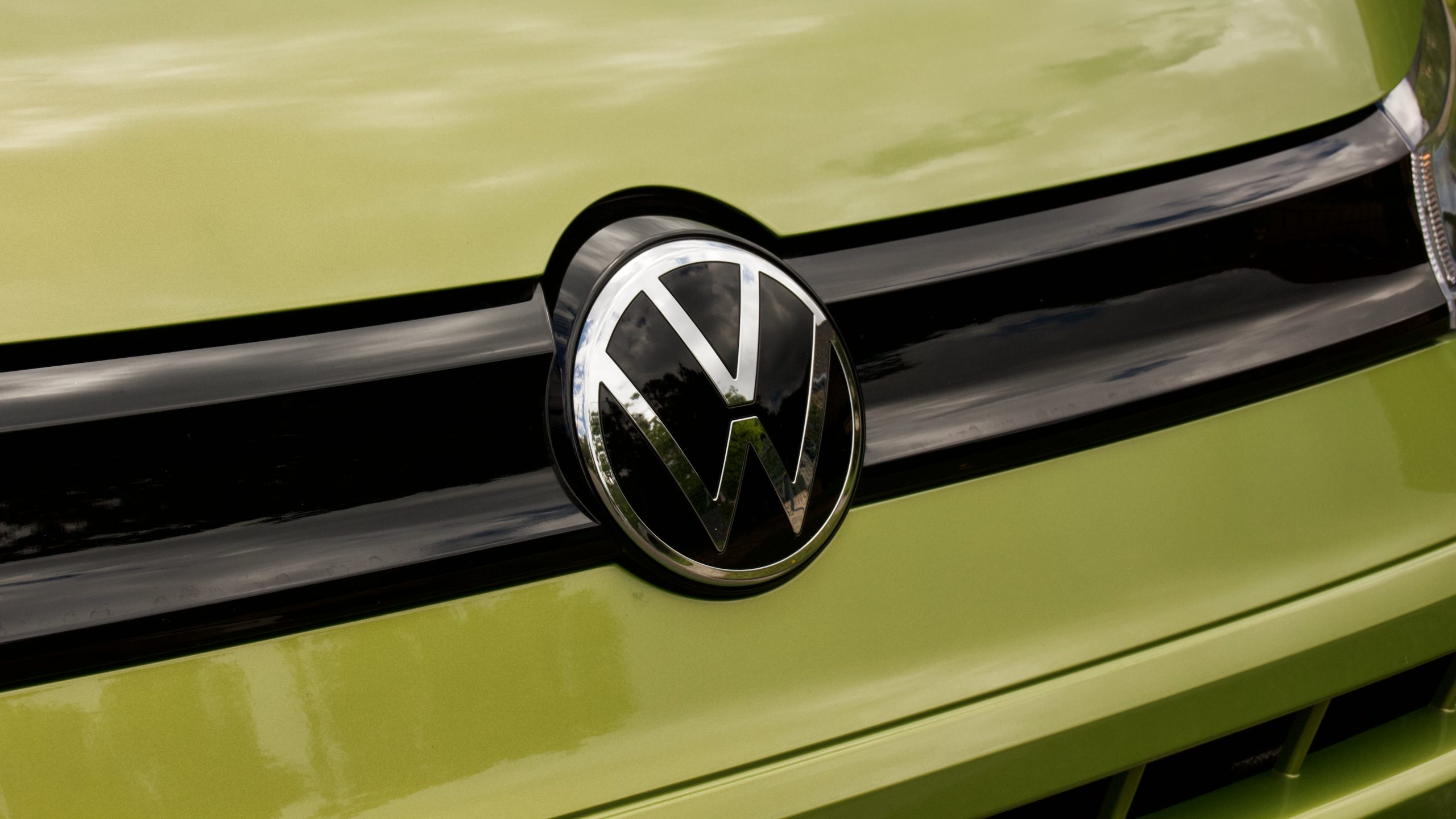
Over in Kia land, the Carnival diesel has a seven-year/unlimited km warranty with year of roadside assistance that’s extended by each dealer service by 12 months to a total of eight years. Five years/75,000km of servicing costs $2,573 ($514 per service), which is slightly less than the Caddy Maxi.
The 2022 Volkswagen Caddy Maxi TDI320 DiscoverAuto Rating: 7.8/10
The 2022 Volkswagen Caddy Maxi TDI320 is undoubtedly a very clever people carrier. It’s not flash or luxurious, but it’s well designed, clever, dynamically sound with a solid driving experience, grunty with a pearler of a turbo-diesel engine and unlike some rivals, it’s a good size that’s not too big for modern urban streets.

Of course, it’s not perfect – the value equation isn’t great with a lot of missing kit for the price, the automatic transmission can be annoying with the coasting functionality and the cabin is austere with little colour and hard materials everywhere, which is fine in the regular Caddy but for more than $53,000 drive away, it should be plusher inside. But these are minor issues in the whole Caddy Maxi picture because it’s an impressively clever passenger van that deserves to continue the Caddy’s long-lasting name.
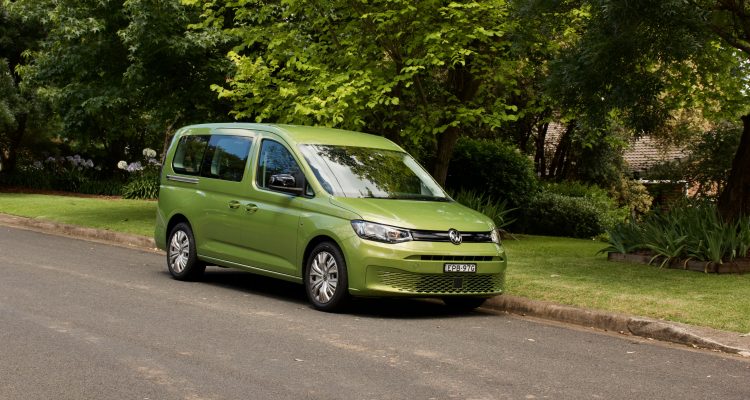
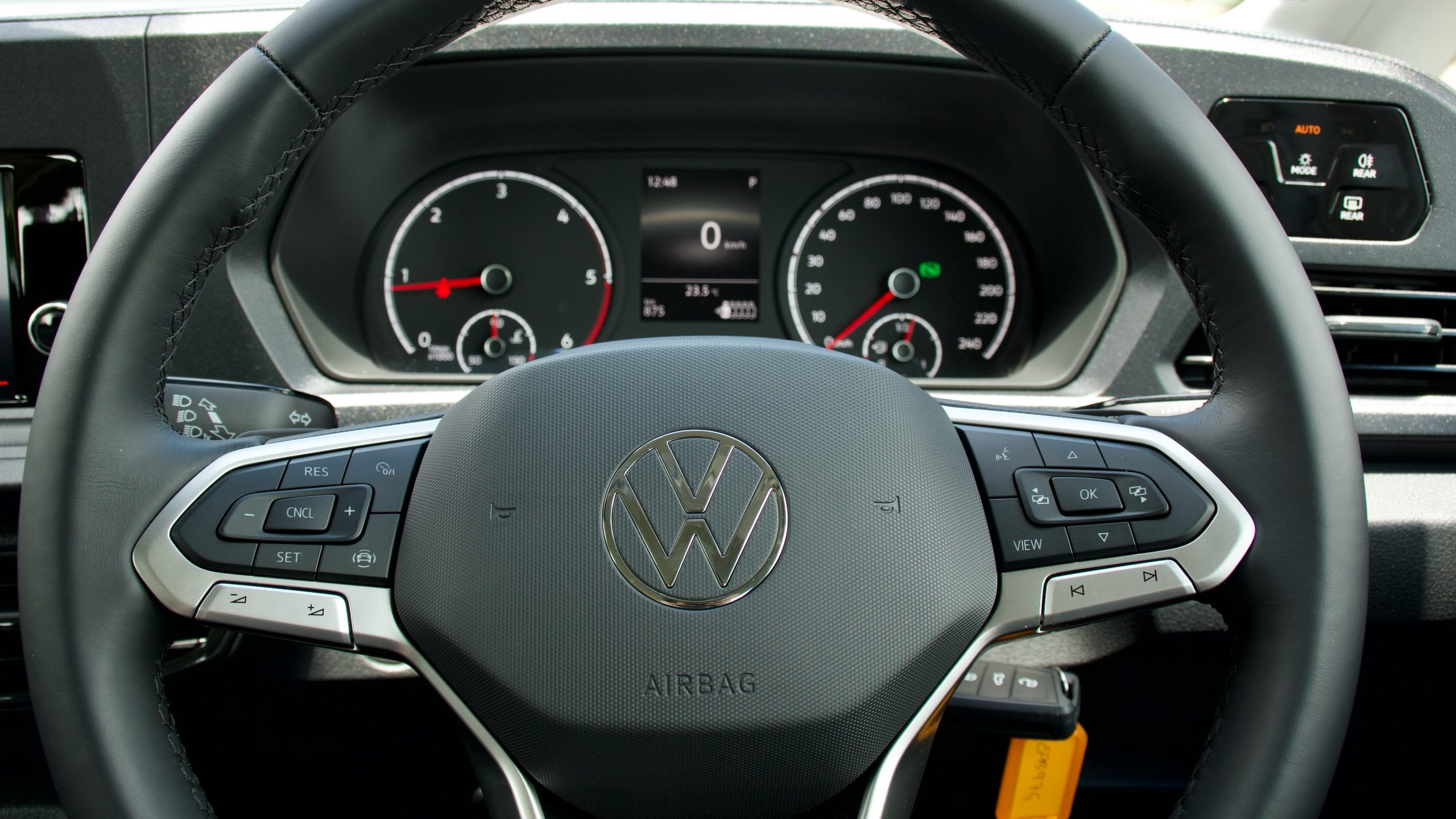
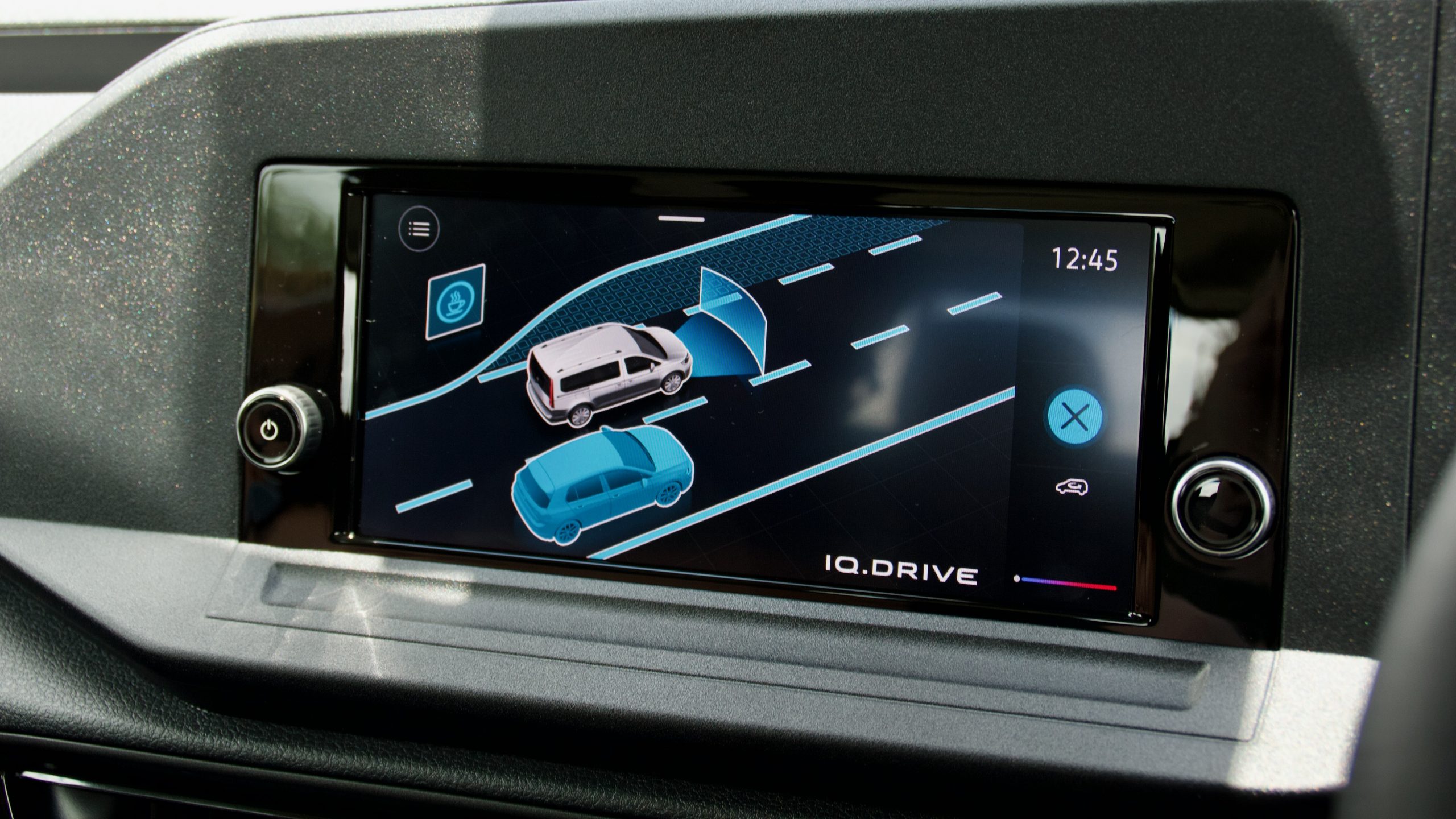


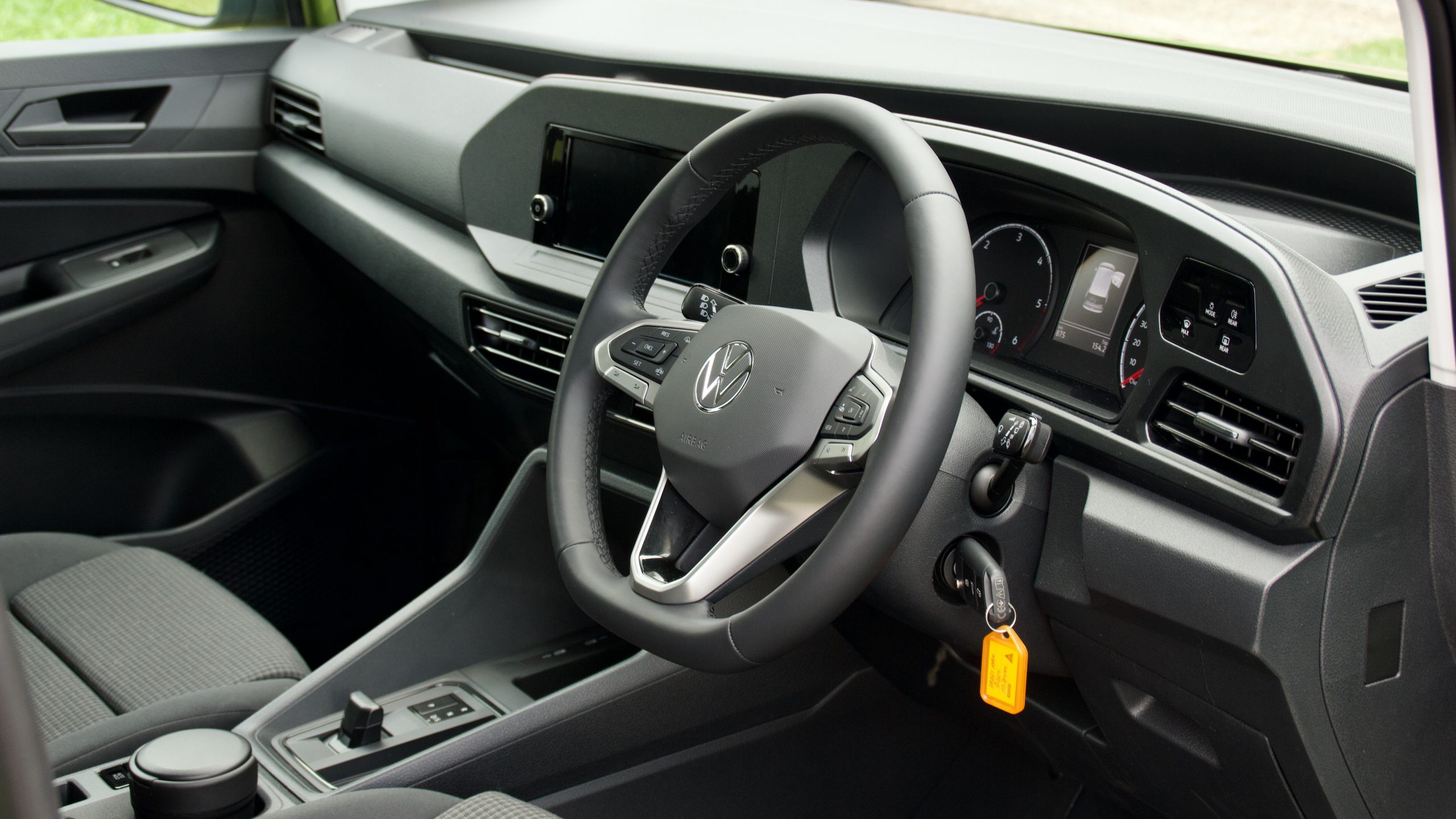
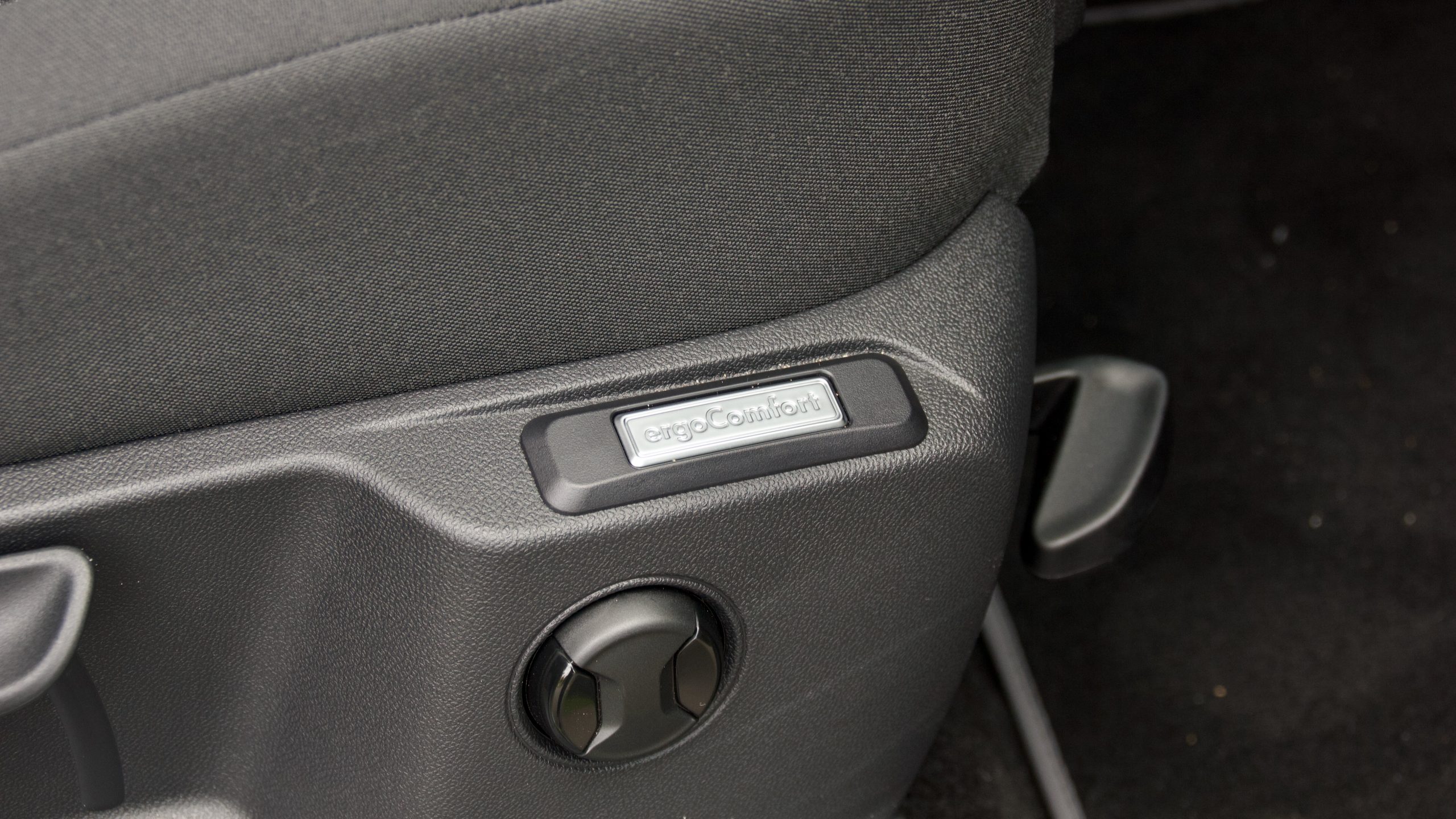
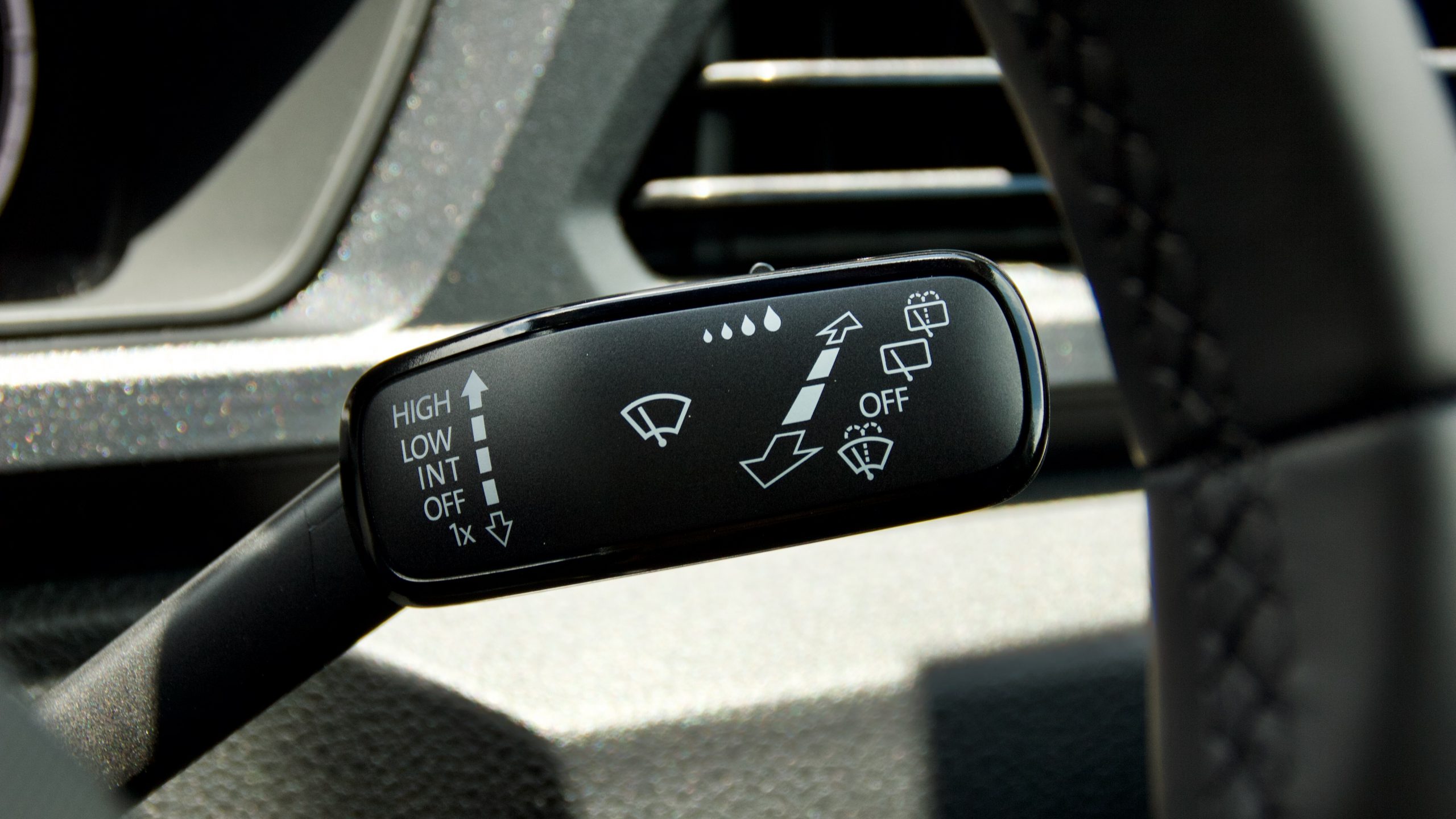

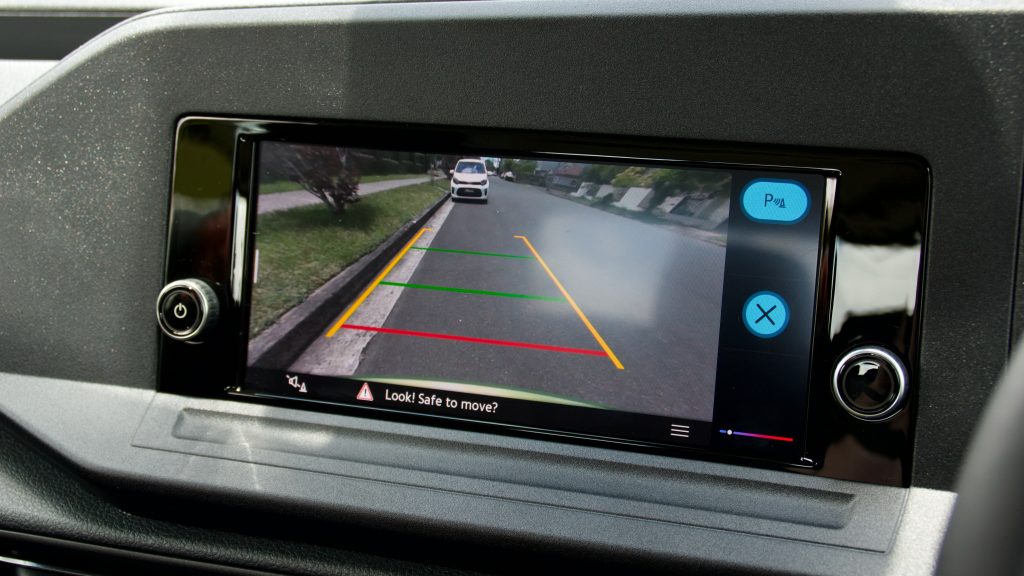

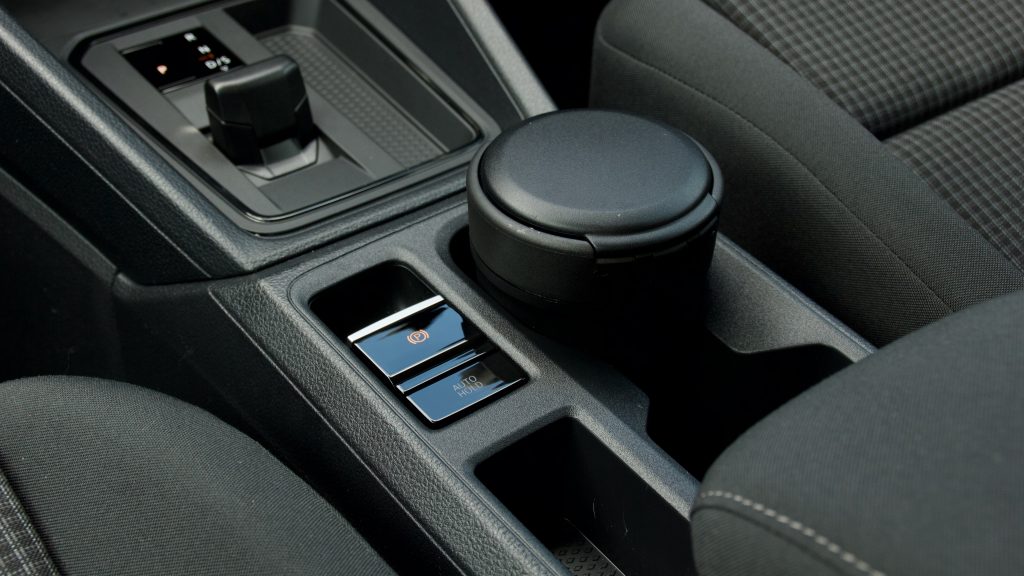
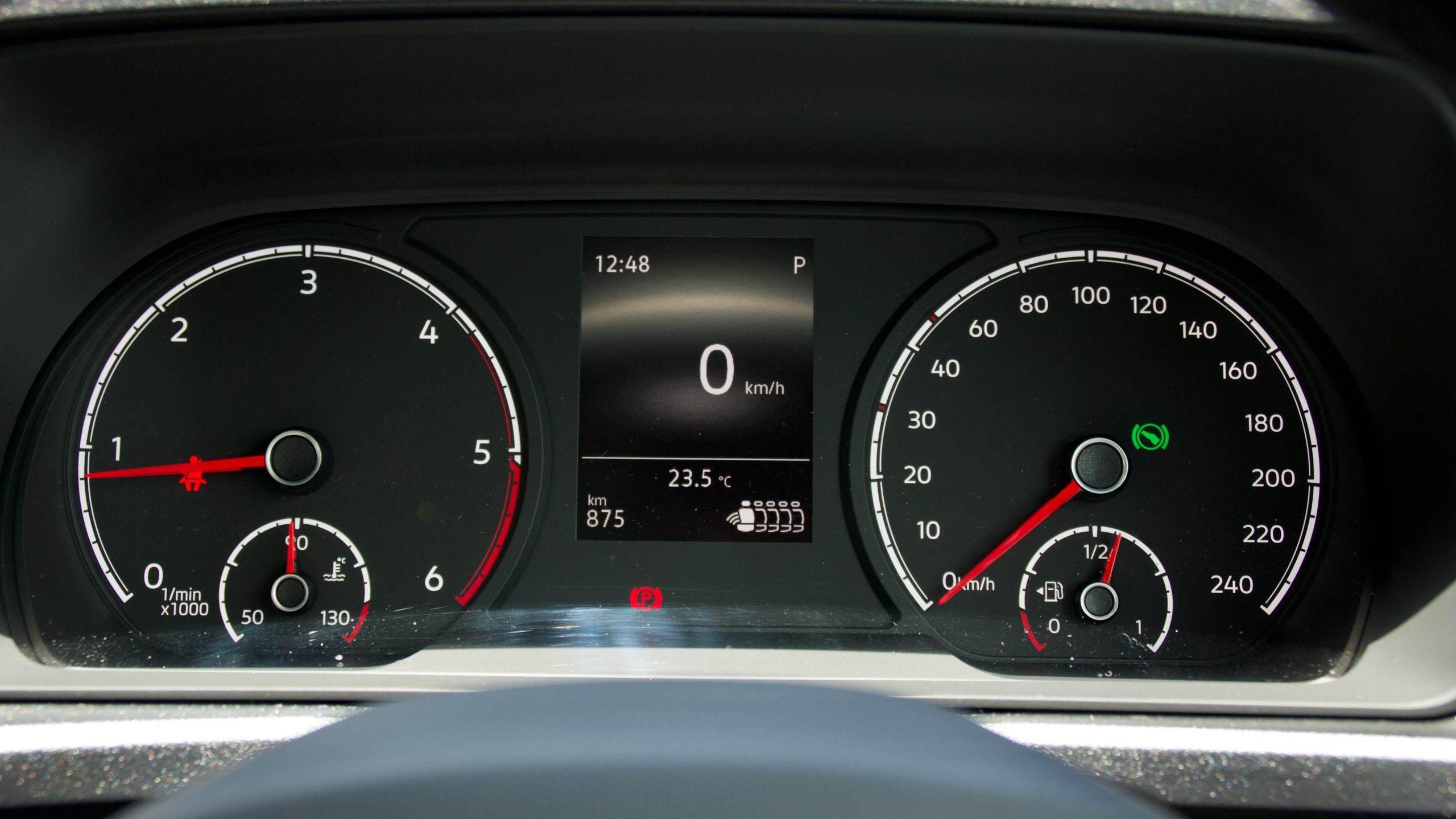
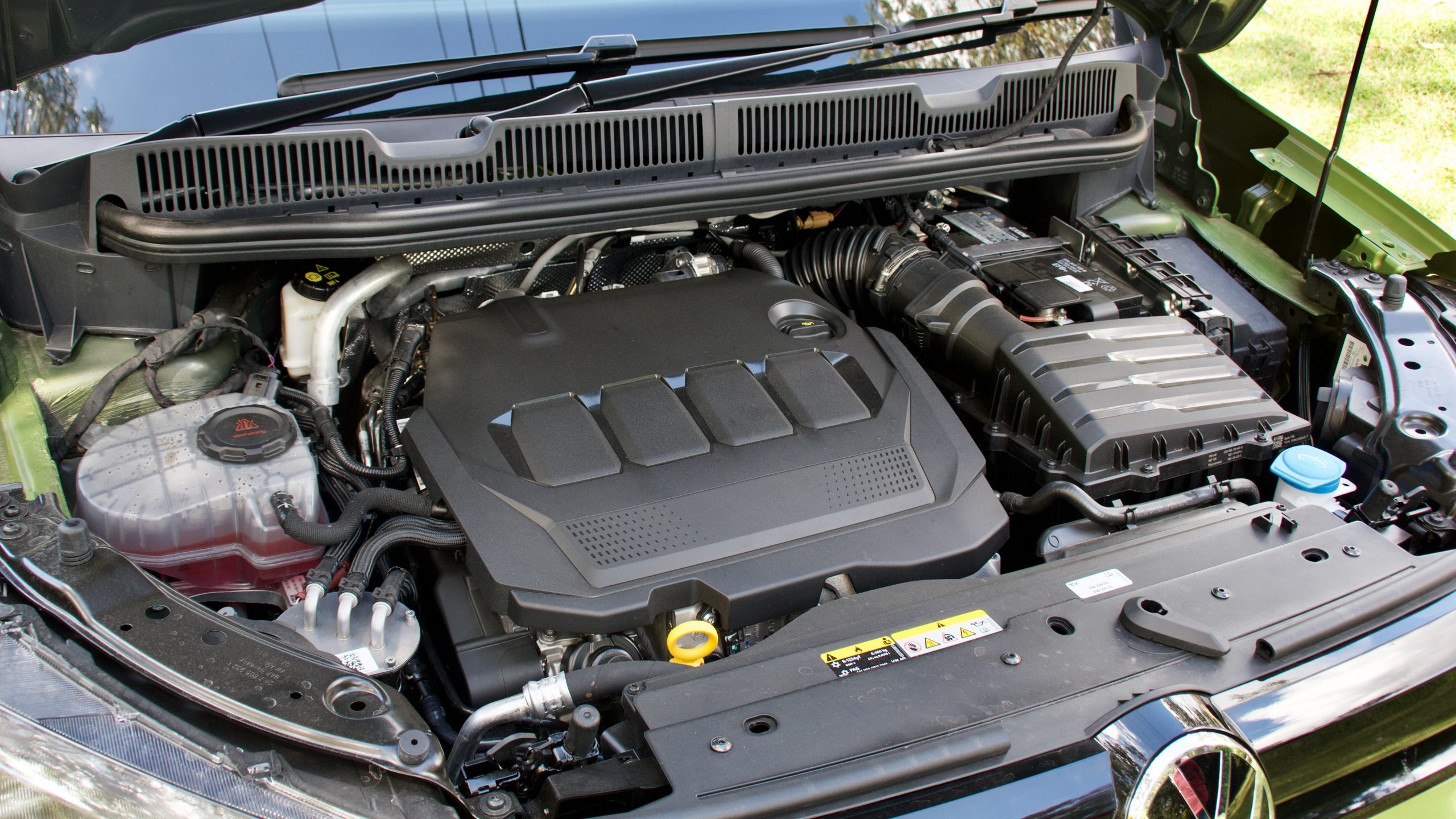
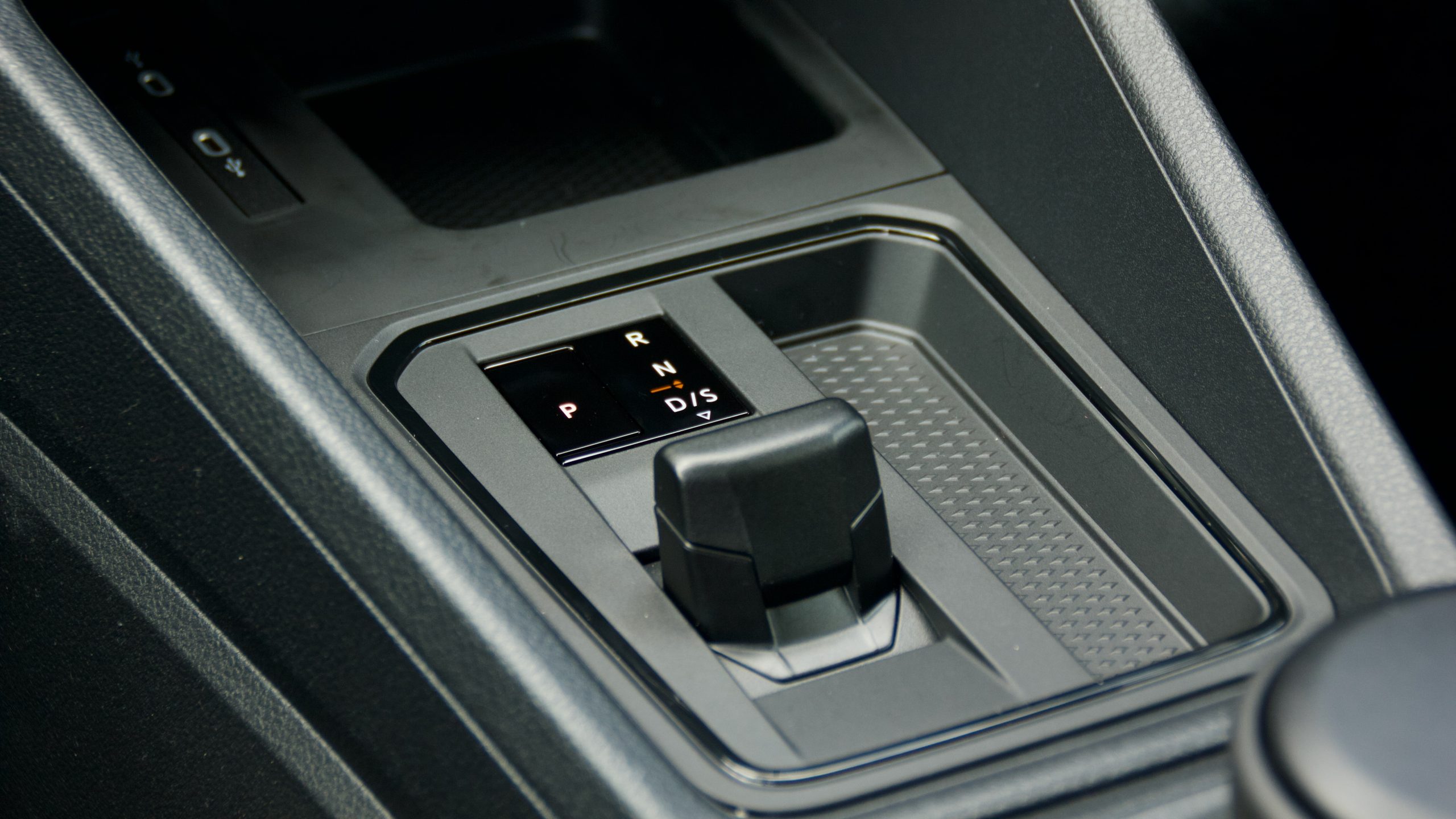
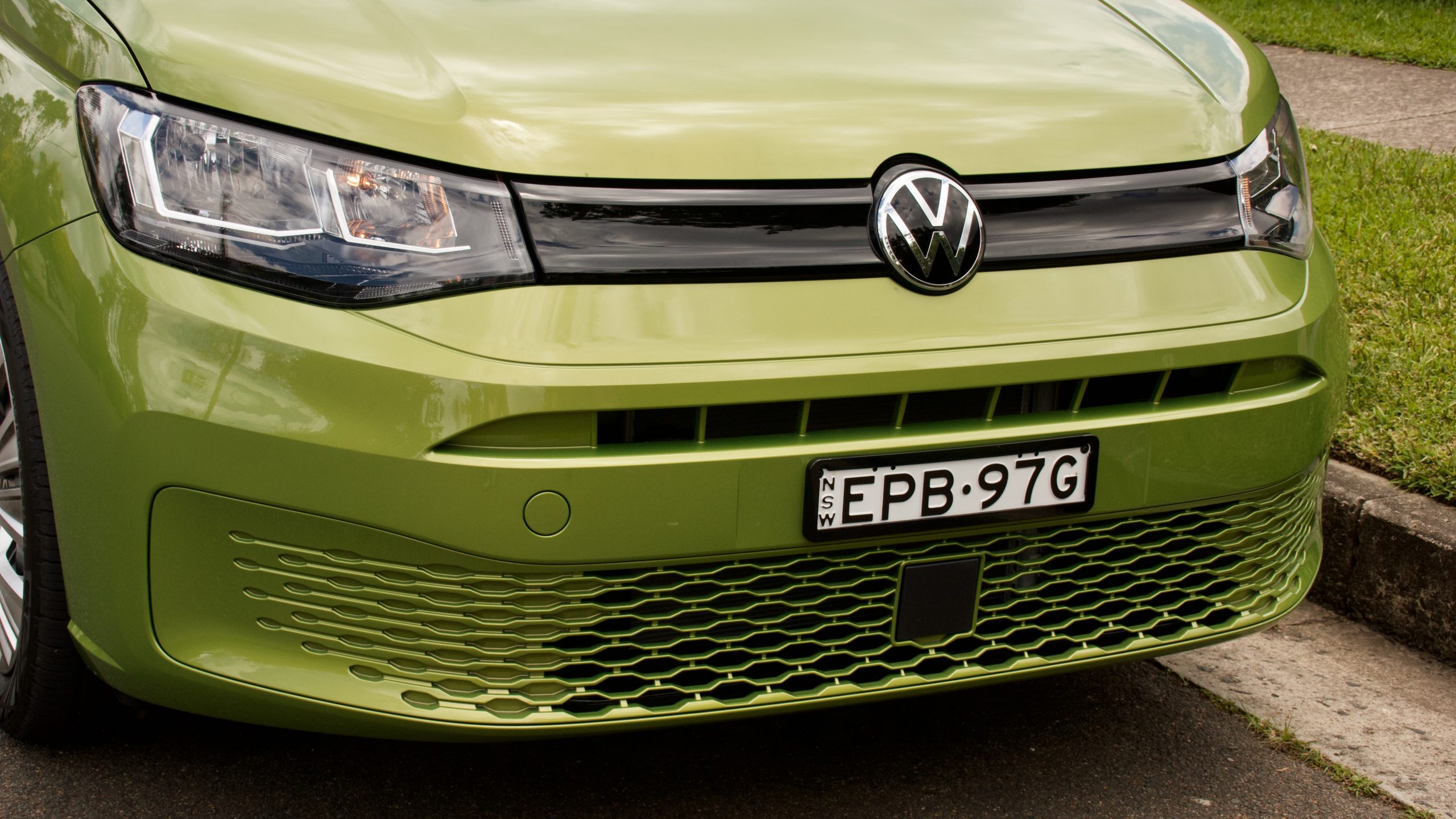
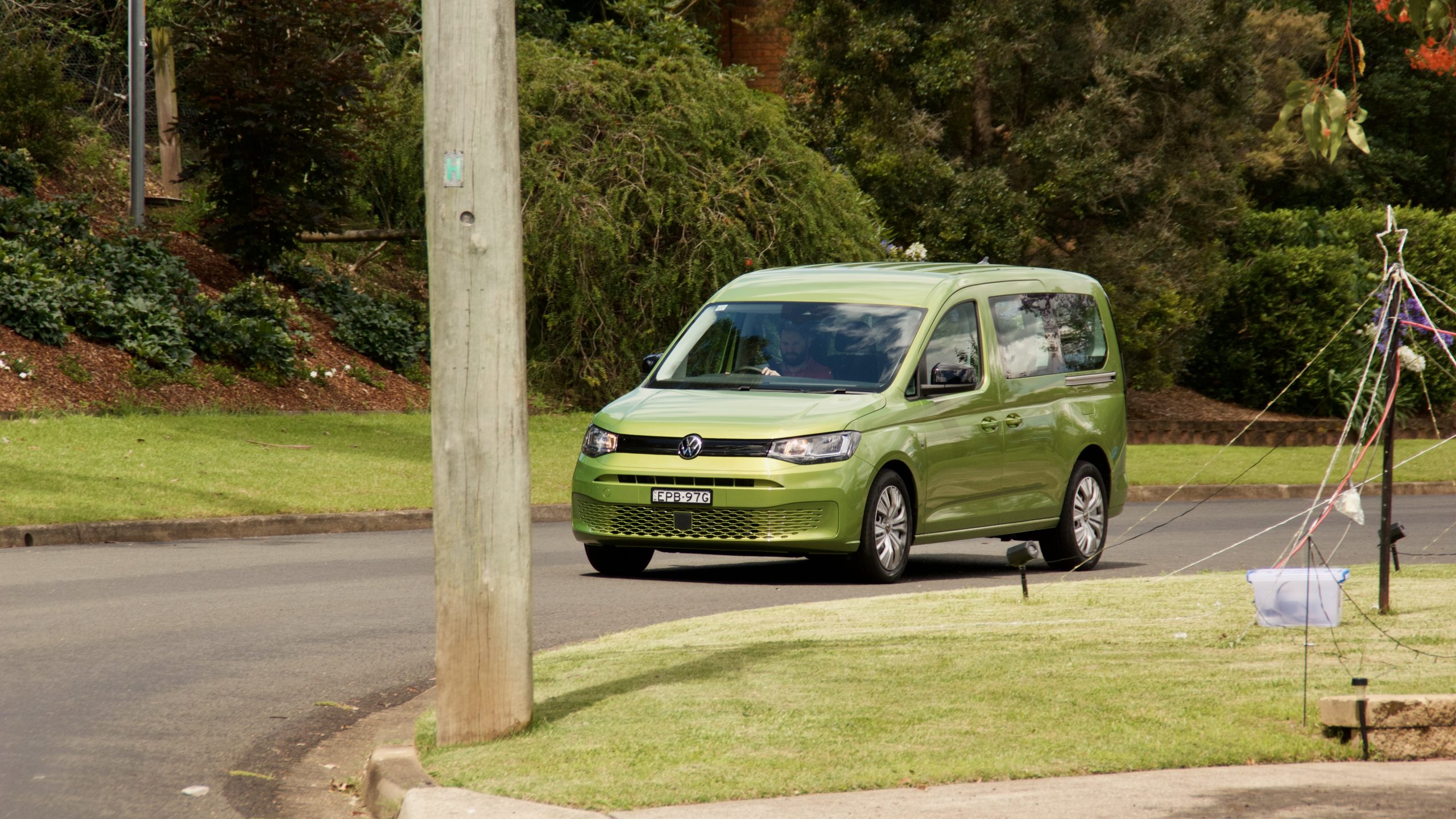

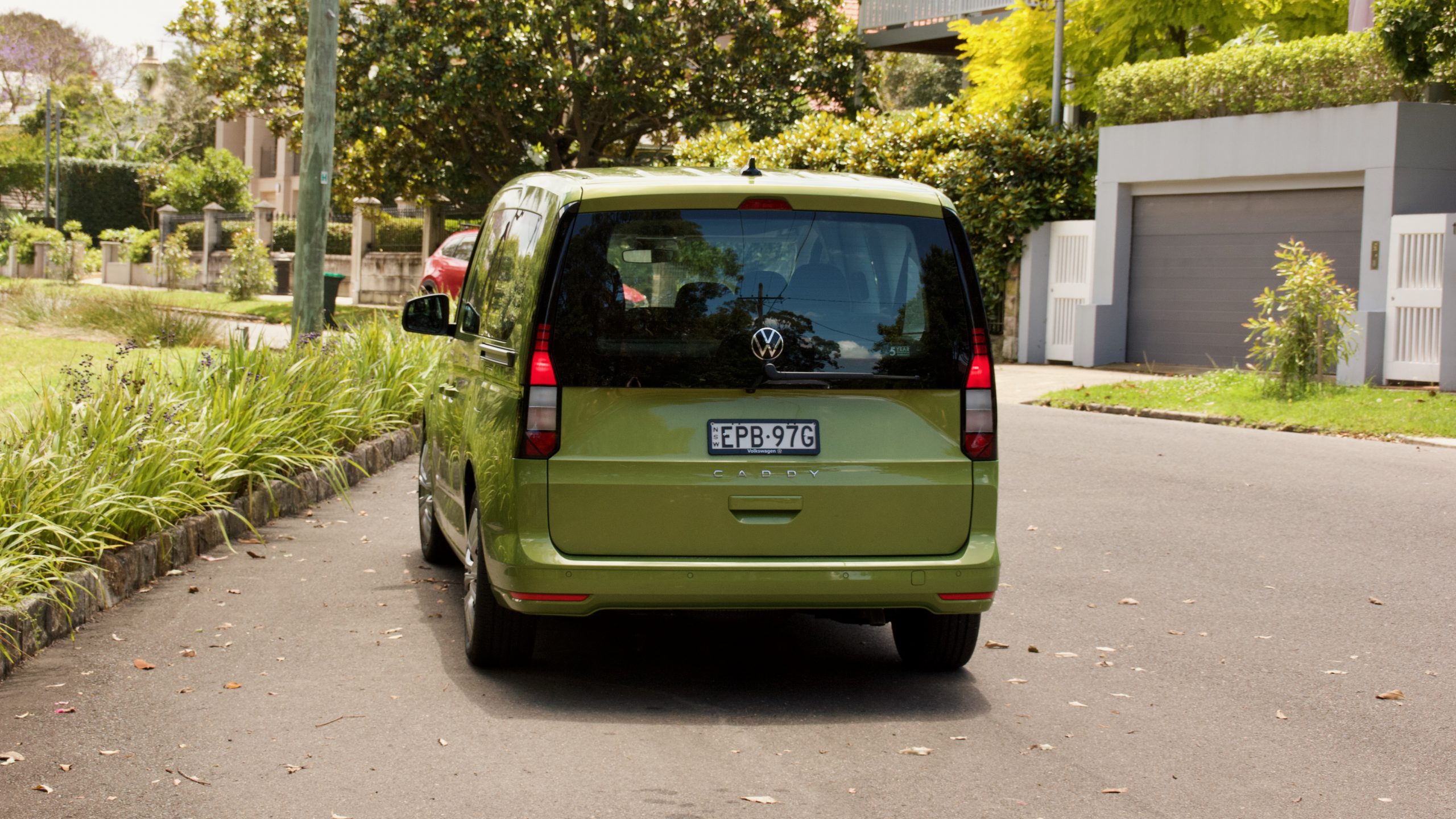

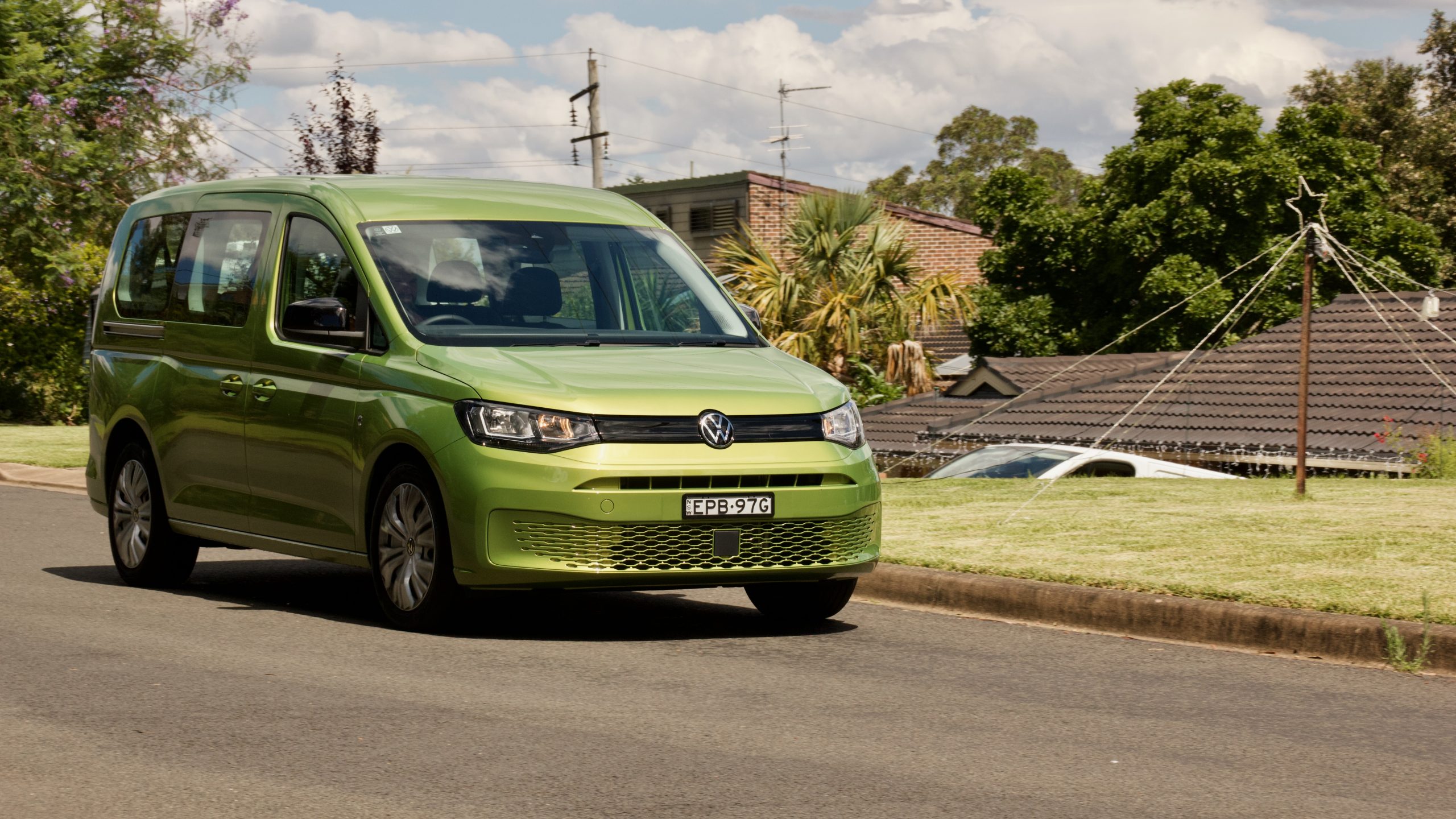
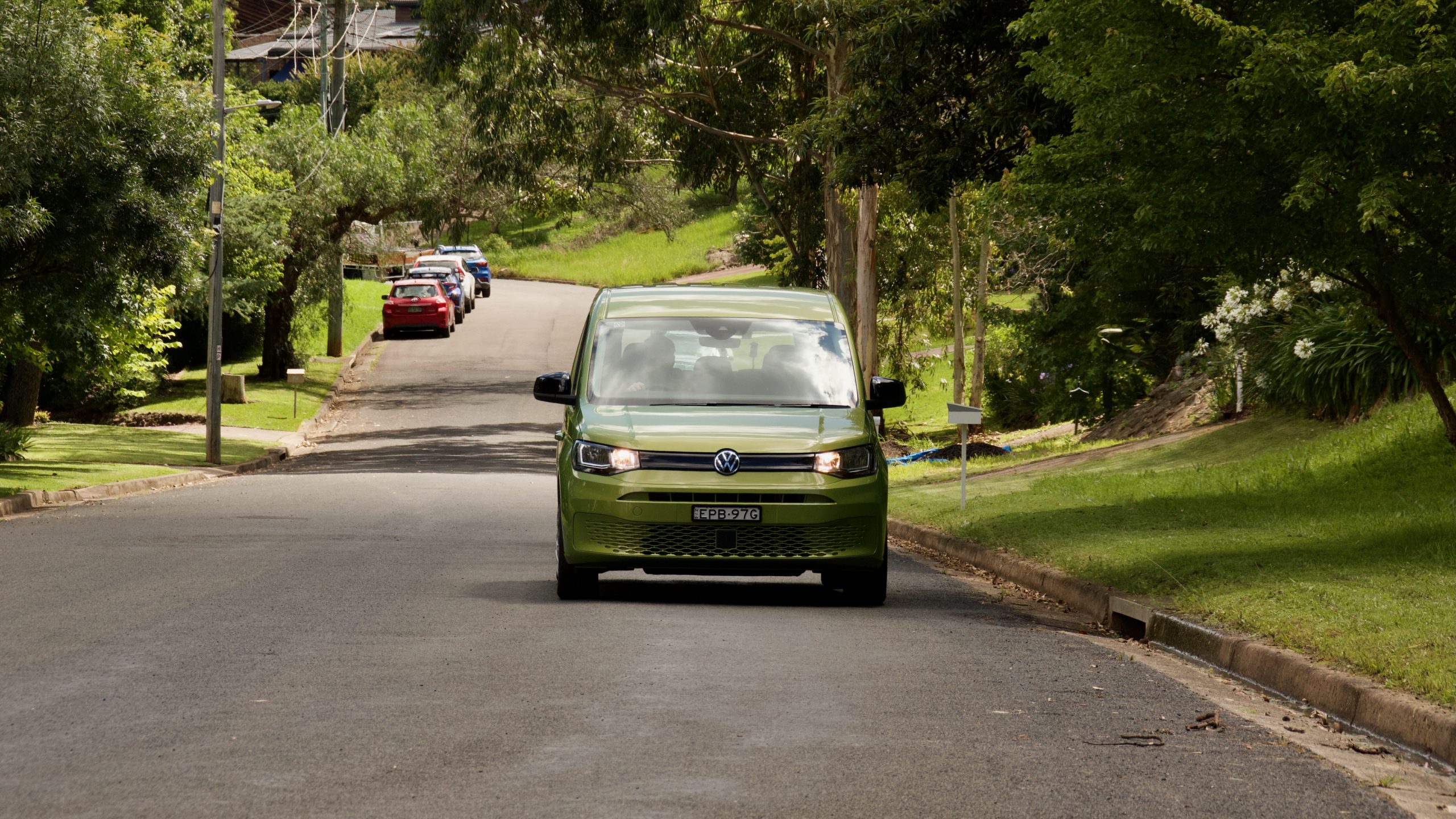


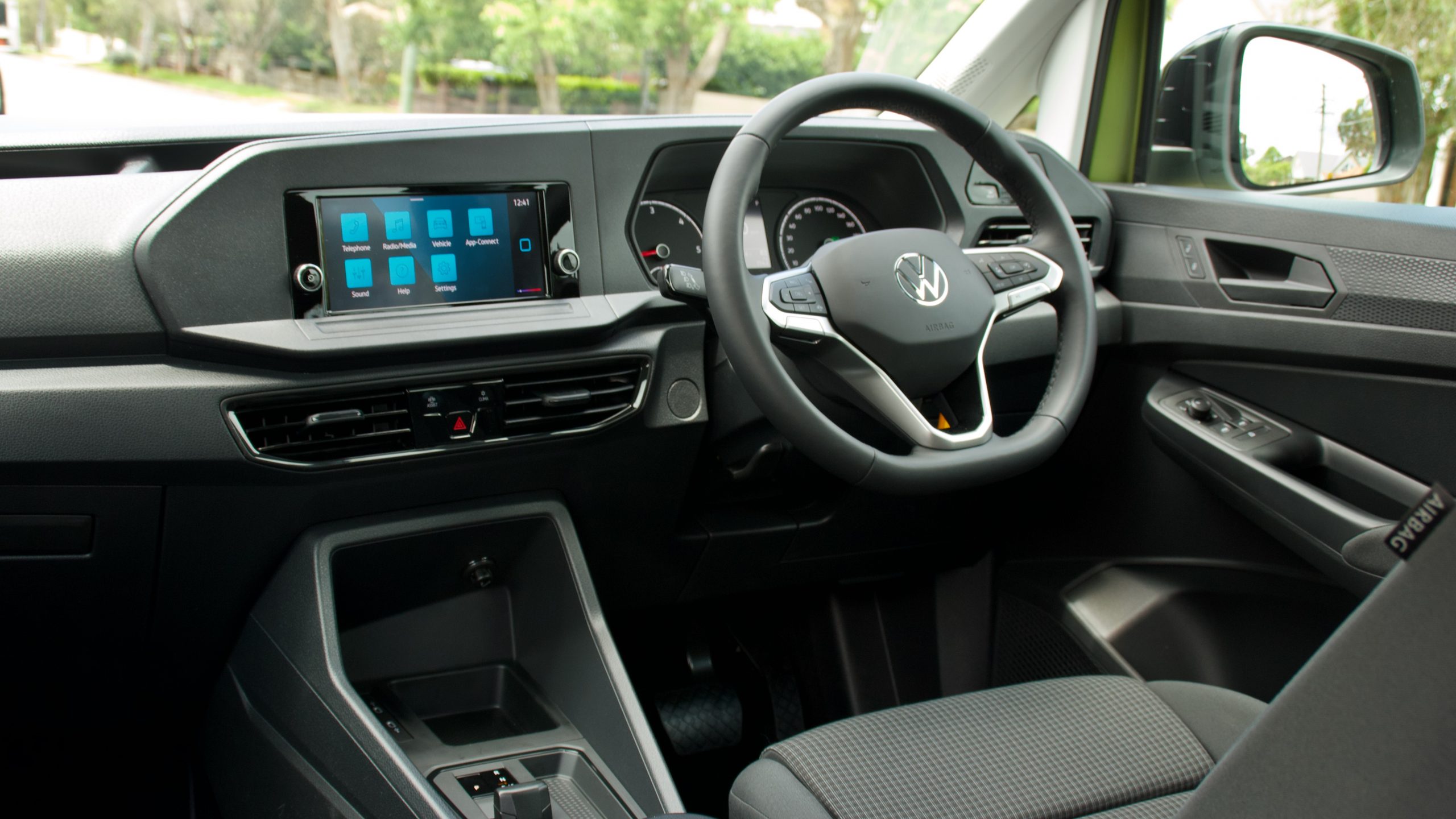
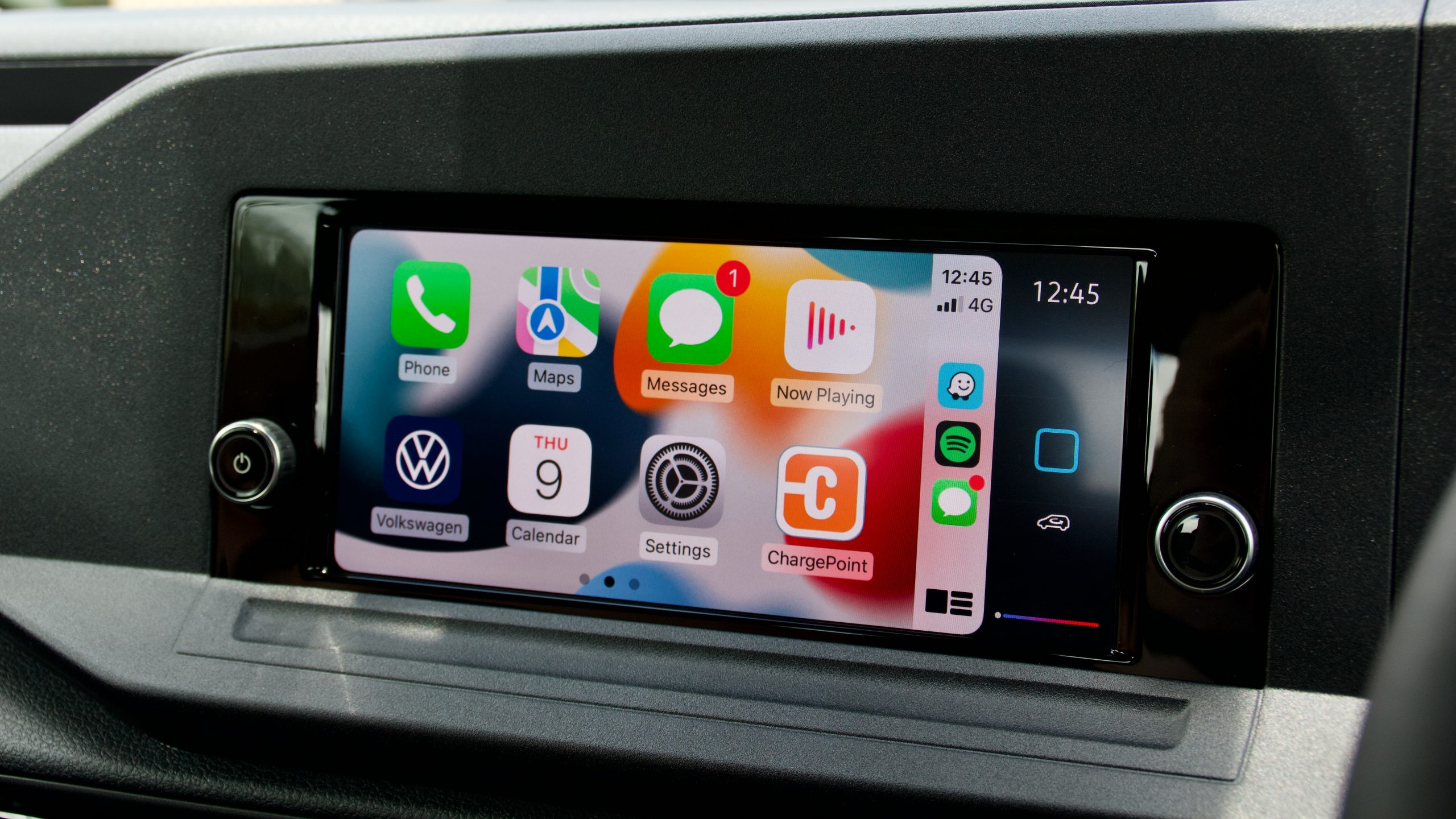


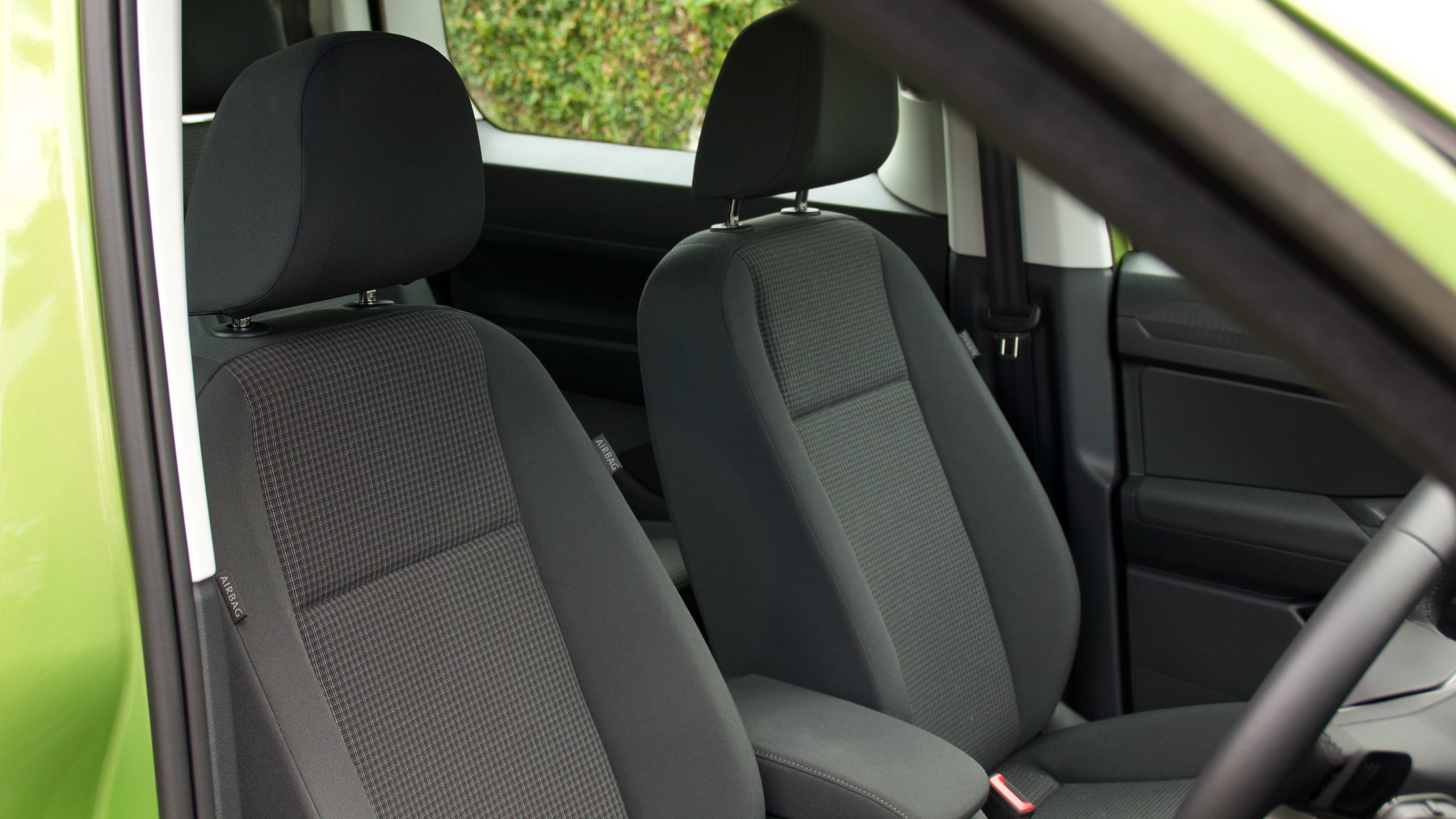

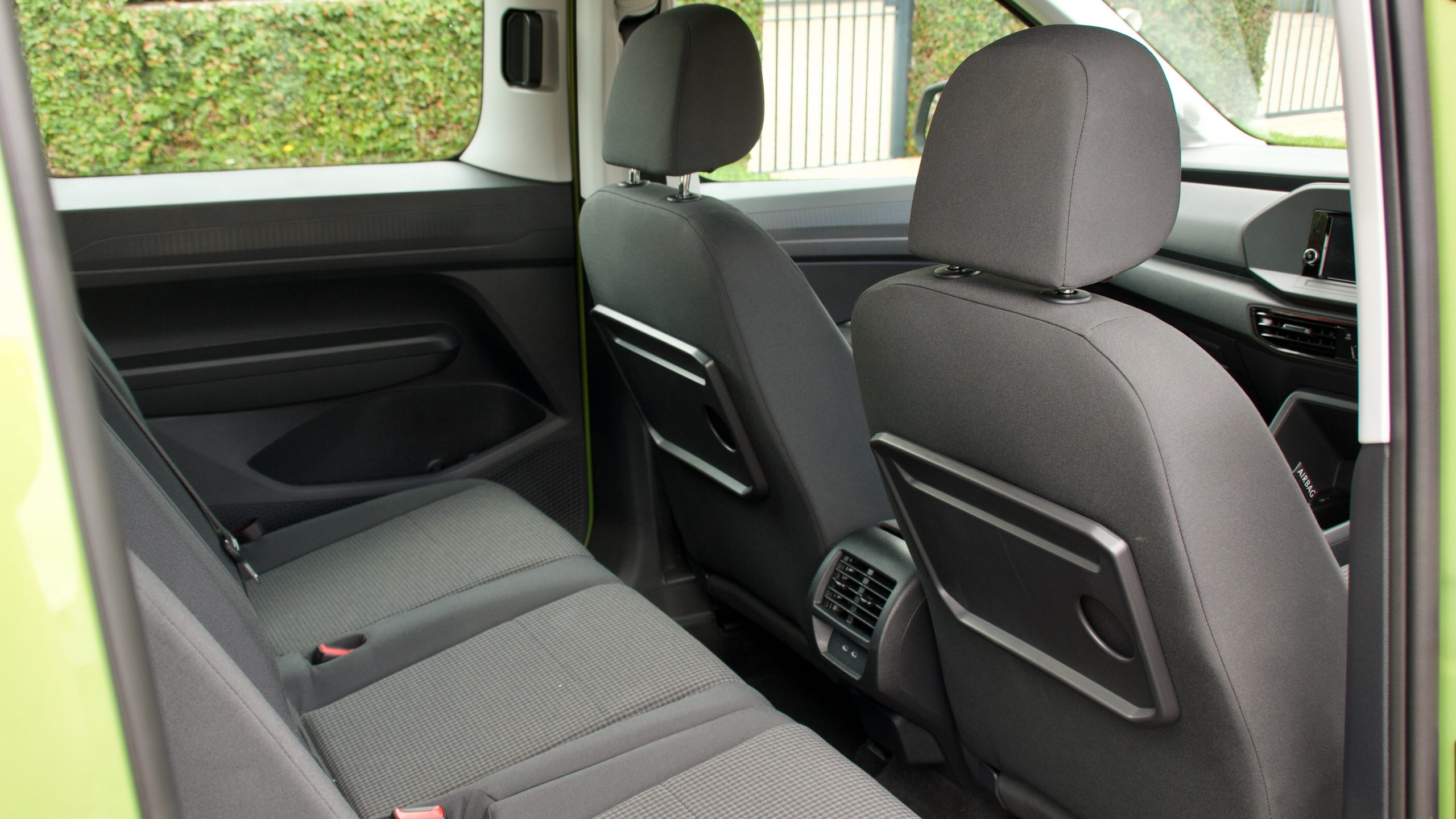
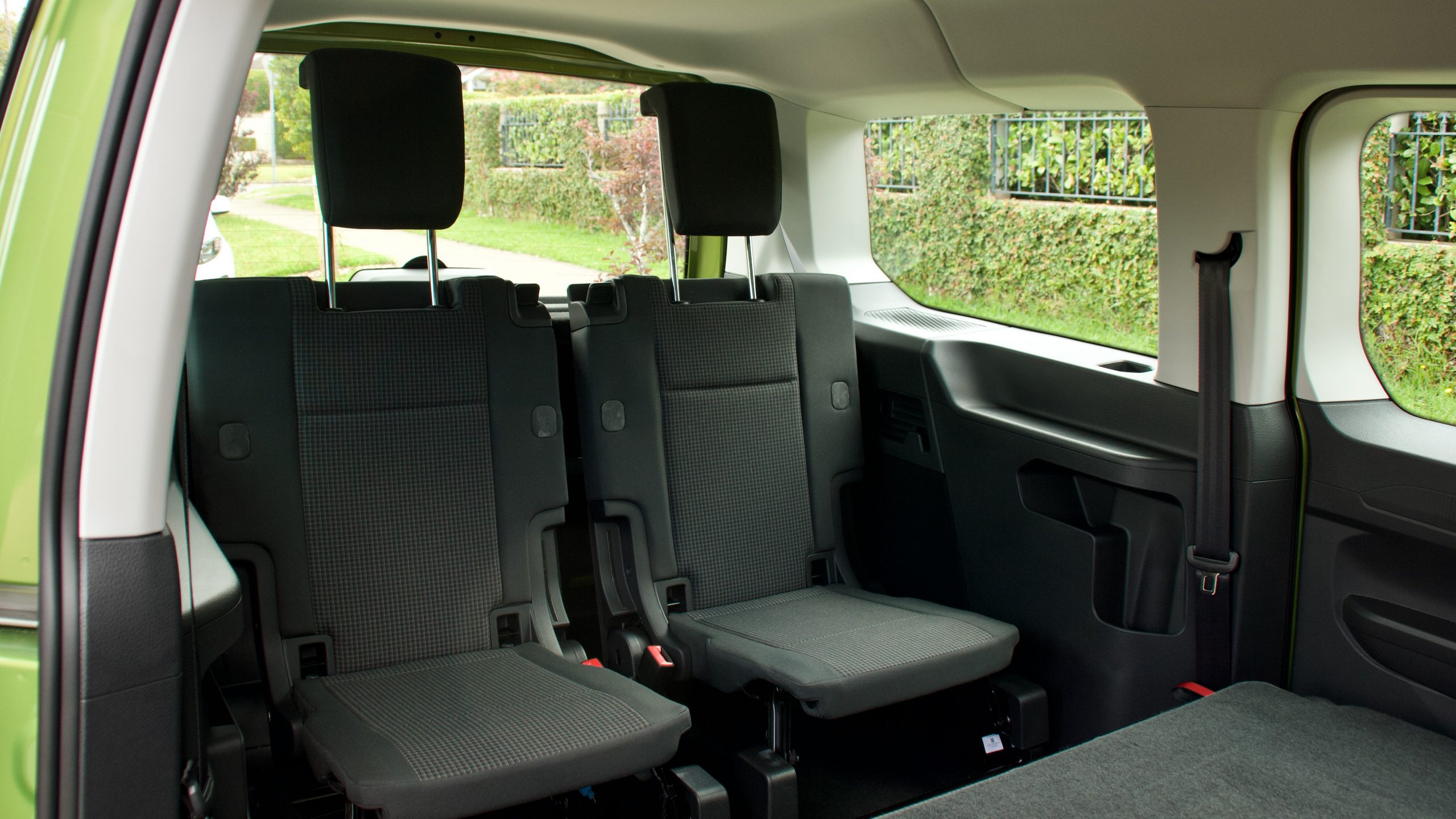
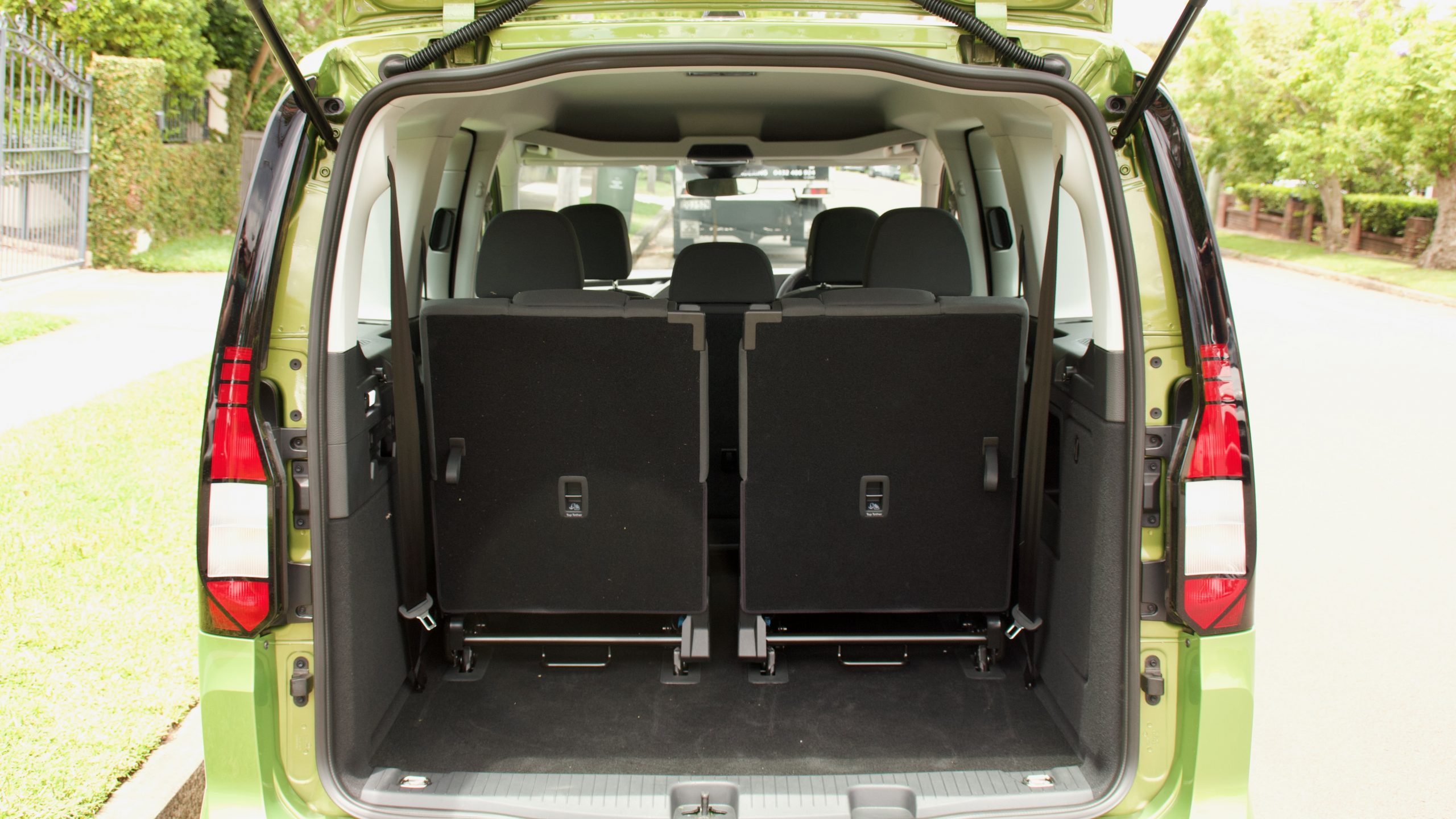
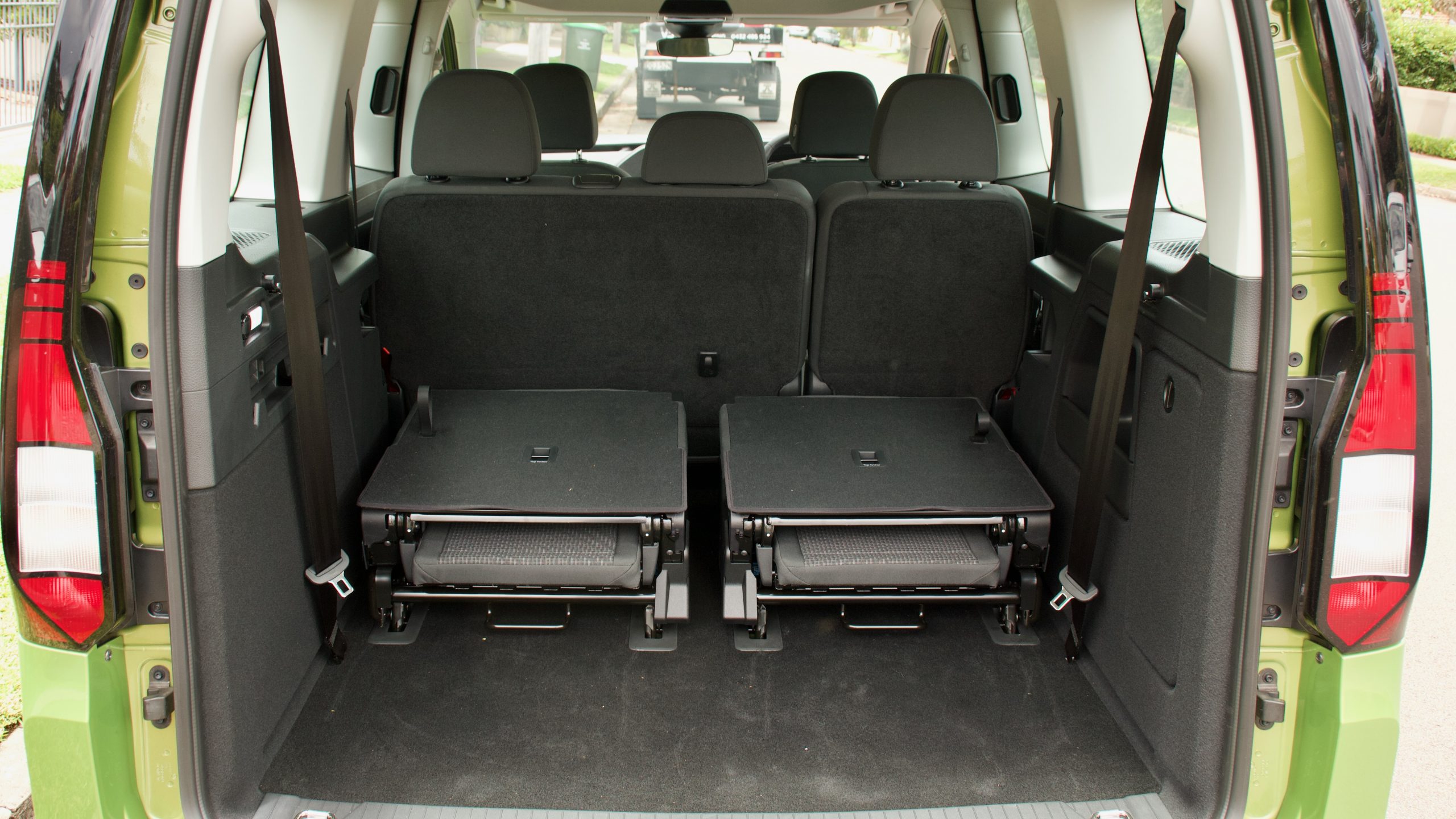
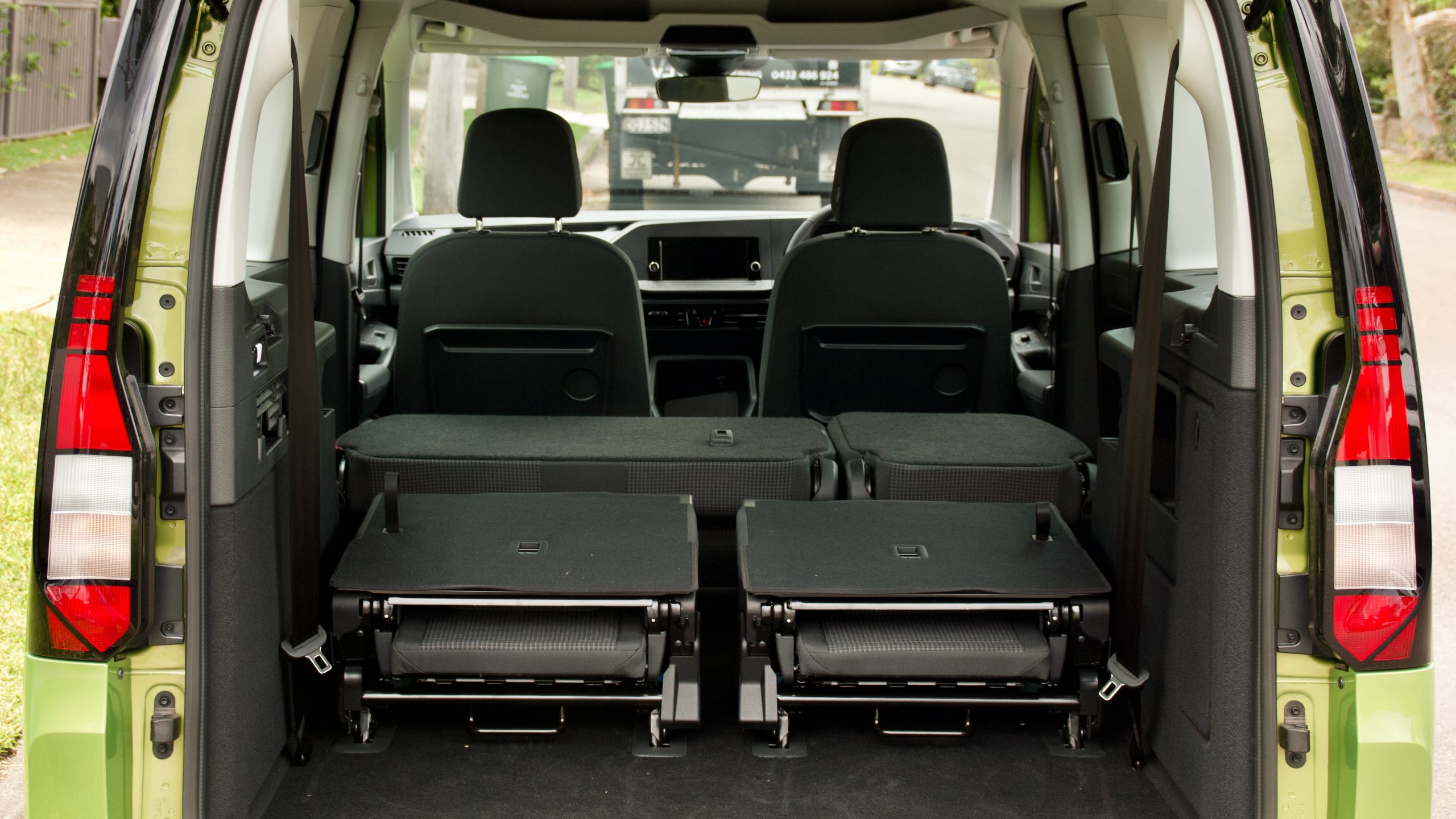
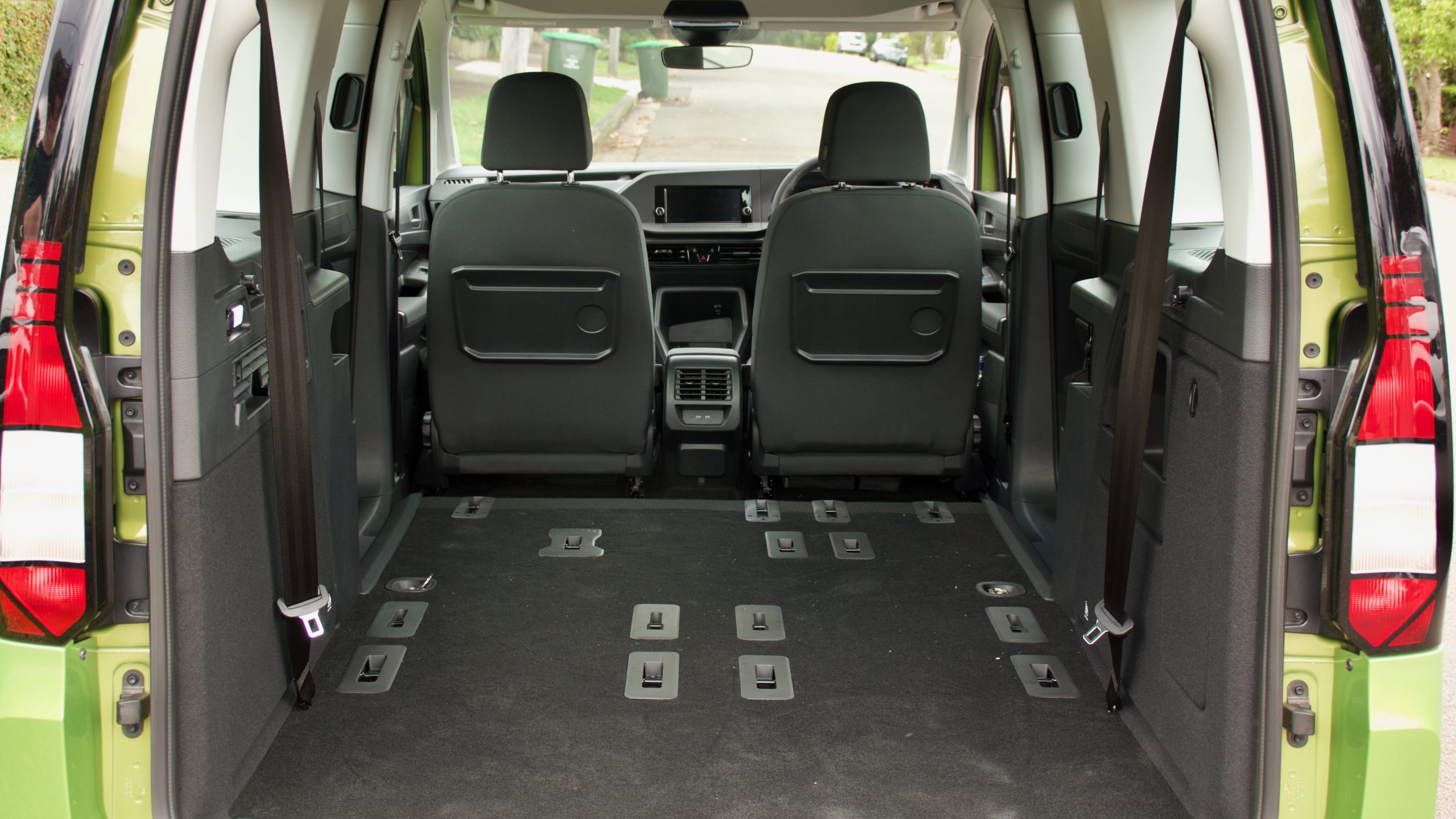
Leave a Reply